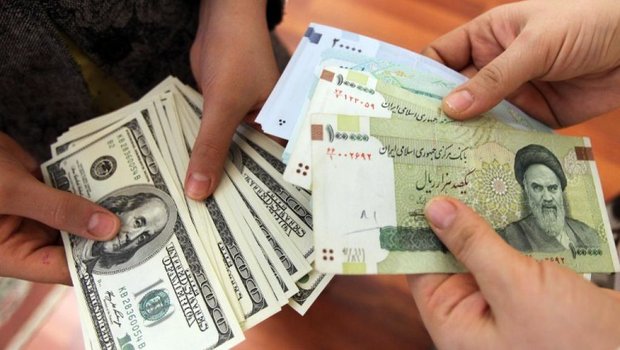Kourosh Ziabari – Asia Times: As the United States seeks to ramp up economic pressure on Iran via renewed economic sanctions, the nation’s already slipping currency, the rial, has gone into a virtual free fall.
New reports suggest that Iran’s rial has lost at least 49% of its value so far in 2020, a devastating collapse of the local unit. As such, the rial is now effectively one of the most worthless currencies in the world, inferior even to the Iraqi dinar and Pakistani rupee.
As of September 24, the rial traded on unofficial markets at 277,900 to the US greenback while the official rate was 42,276. In July, the government approved plans to remove zeroes from the currency to ease making transactions, something locals have long done.
The depreciation has predictably unleashed a wave of hyperinflation, seen and felt in a recent steep rise in the prices of consumer goods, real estate and automobiles. The Statistical Center of Iran (SCI) reported that inflation for urban households hit a whopping 26.1% in September, while the annual inflation rate to date has topped 34.4%.
Earlier in August, the SCI raised alarms by reporting that the average prices of basic foodstuffs, drinking water, beverages and tobacco increased by 25.8% in the 12-month period ending August 21.
The International Monetary Fund (IMF) projects that Iran’s gross domestic product (GDP) will contract by 6% while unemployment hits 16.3% in 2020.
FocusEconomics, an independent economic forecasting outfit, predicts Iran’s GDP will contract by 8% this year. The Economist Intelligence Unit (EIU) projects Iran’s real GDP will collapse 12% while adding that the authorities’ belated response “will also fuel popular anger and a humanitarian crisis.”
As the Iranian economy nosedives into recession, exacerbated by the coronavirus pandemic, external pressures and the failures of government agencies to regulate consumer demand and supply chains have Iranians rushing to convert their rials into gold, US dollars and real estate.
Iran’s gold market, like the foreign exchange and real estate markets, is on tenterhooks. A piece of gold coin, weighing 8.13 grams, is valued at 133 million rials (US$464). At the beginning of May, a gold coin was worth 64 million rials, meaning it has almost doubled in value in just four months.
Most observers attribute the trials and tribulations of the Islamic Republic’s economy to America’s unsparing economic sanctions. Yet those in Iran’s business sector say the sanctions are not the only reason the rial is plummeting and inflation ballooning.
Nasim Tavakol, an Iranian entrepreneur and CEO of the Arsh Gostar e-commerce company, says it is unreasonable to blame only sanctions for Iran’s economic and financial woes.
“As someone active in the country’s economic environment, I can observe instances of mismanagement and at times the government stonewalling the activities of the private sector,” she said.
“In recent months, there have been difficulties in the allocation of foreign currency by the Central Bank of Iran while the process of the clearance of goods has been made unsteady by the customs administration,” she told Asia Times.
“The prolongation of the processing of orders registration and getting permission for the allocation of foreign currency has caused us great damage, which is way larger than the damage resulting from the increase in the price of foreign currency,” she said.
Companies importing goods from overseas need to obtain certain permissions from the Central Bank of Iran so that they can buy foreign currency at official rates lower than open market prices. The bureaucratic red tape involved in issuing those permits, however, is causing heavy losses to importers.
Maryam Shokrani, a prominent economic journalist and commentator in Tehran, agrees that while sanctions have taken a toll on the Iranian economy, there are a myriad of factors behind the current crisis.
“War-stricken countries such as Iraq and Afghanistan have been able to achieve single-digit inflation rates. Despite sanctions, Russia has been able to manage just single-digit inflation. Syria, entrapped in a civil war, is not the world’s frontrunner in inflation rate, but this predicament has befallen Iran,” she said.
“This is the ineffectiveness of monetary and fiscal policies in Iran throughout the years. Iran’s economy has been oil-dependent for decades, and the budget deficit is made up for by printing money, resulting in a double-digit inflation economy and challenges associated with it,” Shokrani told Asia Times.
She argued that Iran is not paying enough attention to production, industries and creating jobs, leaving families unable to balance their revenues and expenditures and is thus driving more and more Iranians into poverty.
There are currently little to no meaningful financial, banking, insurance and transportation ties between Iran and the international community, the upshot of US President Donald Trump pulling the US out of the previous Iran nuclear deal (JCPOA) in May 2018 and imposing punitive sanctions against Iran afterward.

